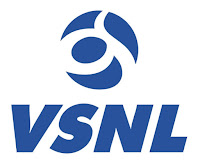No Love Lost?

This is for my students who are learning to analyse and write film reviews. I came across an article in The Times of India online edition about box office collection of two films released on Independence Day - 'Satyamev Jayate and 'Gold'. I have copied a paragraph here for reference: John Abraham's film clashed at the box office with Akshay Kumar's 'Gold' but there is no love lost here . Speaking about the clash in a previous interview, John told PTI, "Akshay is an actor in 'Gold', and I am an actor in 'Satyamev Jayate'. It's a producer's decision on both sides. So I have no say in that at all. As far as competing with Akshay is concerned, I want to make it clear that he is my senior in the industry." Pay attention to 'but there is no love lost here'. I was surprised by the use of the idiom, because I haven't come across any article that show any animosity between John Abraham and Akshay Kumar, and no...


